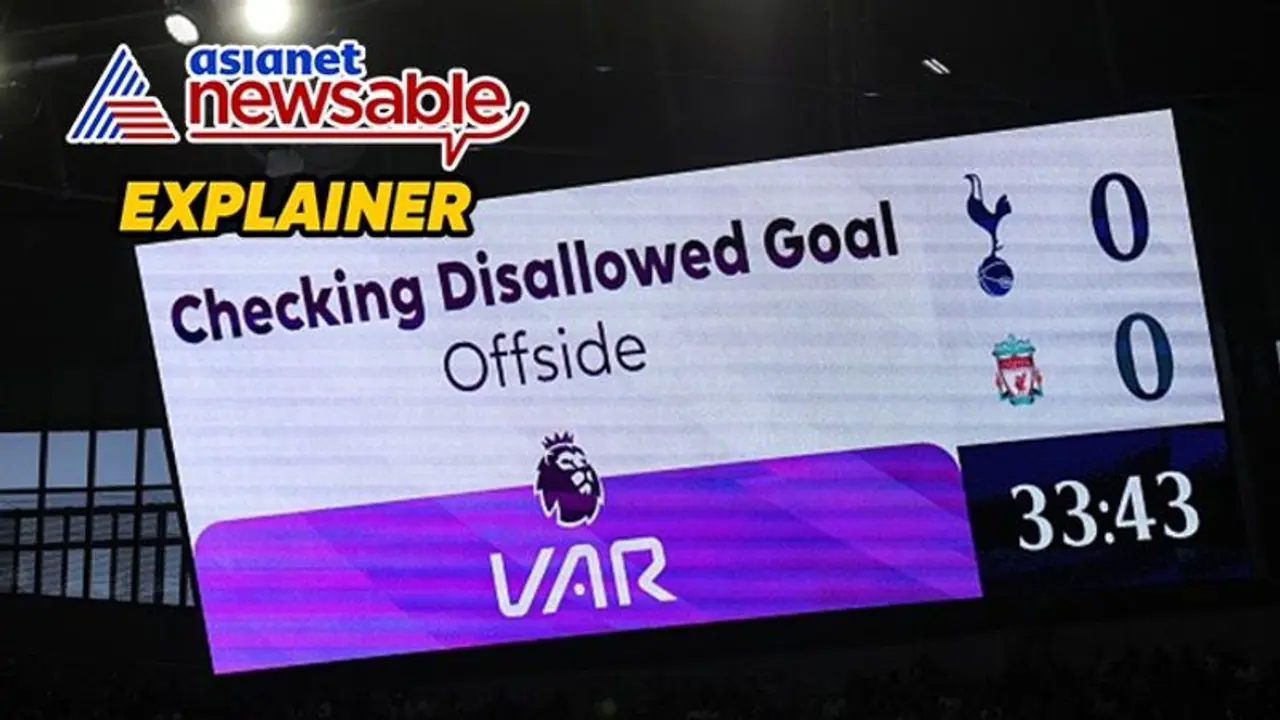Starting from the upcoming 2024/25 season, the Premier League will implement semi-automated offside technology. The expected rollout is slated for September or October, aiming to address concerns surrounding the efficiency and transparency of offside decisions.
Starting from the upcoming 2024/25 season, the Premier League will implement semi-automated offside technology. The expected rollout is slated for September or October, aiming to address concerns surrounding the efficiency and transparency of offside decisions.

Presently, Video Assistant Referee (VAR) officials double-check offside calls related to goals. However, criticisms have emerged regarding the delays in these checks, the ambiguity surrounding the process—particularly for fans at stadiums—and perceived errors in decision-making.
With the introduction of semi-automated offside technology, the Premier League aims to streamline the offside review process, enhance clarity for both spectators and officials, and minimize potential errors in judgment.
“At a Premier League Shareholders’ meeting today, clubs unanimously agreed to the introduction of Semi-Automated Offside Technology," read a statement on Thursday.
The statement added, "The new system will be used for the first time in the Premier League next season, and it is anticipated the technology will be ready to be introduced after one of the Autumn international breaks."
“The technology will provide quicker and consistent placement of the virtual offside line, based on optical player tracking, and will produce high-quality broadcast graphics to ensure an enhanced in-stadium and broadcast experience for supporters," it further said.
How do semi-automated offsides work?
The on-field assistant referee is entrusted with making initial decisions, but they exercise caution, waiting until the end of a play to avoid prematurely flagging an offside that could thwart a potential goal-scoring opportunity.
The VAR (Video Assistant Referee) system steps in when a goal is scored or a pivotal decision such as a penalty or red card is made. It scrutinizes whether the goal scorer or any players involved were offside during the play.
In the 2022 World Cup, the technology employed 12 tracking cameras under the stadium's roof to monitor the ball and up to 29 data points on each player, covering all legal points of contact with the ball.
An inertial measurement unit within the ball's center sends data to the video operation room 500 times per second, ensuring precise detection of when the ball is kicked.
When a player receives the ball in an offside position, the system alerts officials in the video operation room automatically. Before conveying the decision to the on-field referee, the video match officials verify the accuracy of the kicking point and the automated offside line.
Efforts are made to streamline this process, aiming for a matter of seconds rather than several minutes to reach a decision.
What competitions has it been used in?
FIFA aimed to debut the SAOT (Semi-Automated Offside Technology) at the 2022 World Cup, targeting the 2021 Club World Cup for its trial period.
Prior to its World Cup debut, the technology had already been tested during the 2021 Arab Cup, an international tournament in the Middle East and North Africa. European fans had also witnessed its use throughout the 2022-23 Champions League campaign.
The SAOT proved effective during the 2022 World Cup and was subsequently adopted for the 2023 Women's World Cup. This success prompted calls from Premier League fans for its introduction to the English top flight.
Italy's Serie A has been utilizing SAOT for the past 18 months, while Spain's La Liga announced in October of last year its plans to implement SAOT starting from the 2024-25 season.
Why is Premier League adopting this technology?
VAR has become a frequent topic of discussion in Premier League matches, often overshadowing the action on the field.
Tensions came to a head on September 30 when Diaz appeared to have scored for Liverpool against Tottenham. However, the quick decision by officials at Stockley Park to overturn the goal, following the on-field assistant referee's call, left broadcasters and fans stunned.
Replays suggested Diaz had timed his run perfectly, raising concerns about the disruption caused by tight offside decisions reviewed by VAR. After the match, the Professional Game Match Officials Limited (PGMOL) acknowledged a "significant human error" in the decision.
This incident intensified calls for the introduction of Semi-Automated Offside Technology (SAOT) in the Premier League. Despite previous resistance, the Premier League had been involved in FIFA's working group discussions on the matter.
